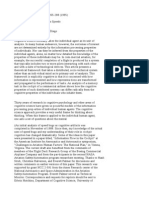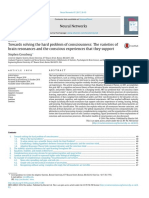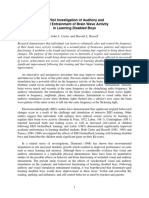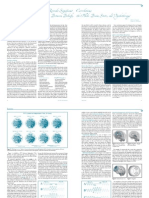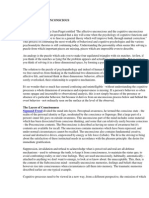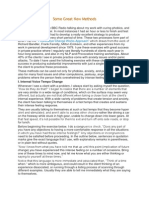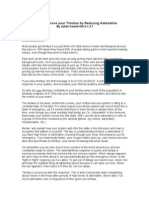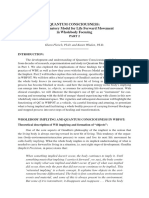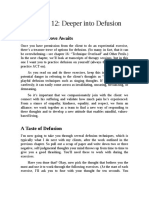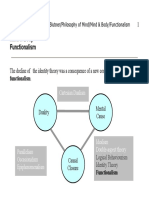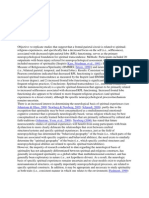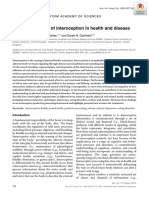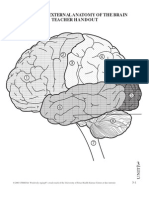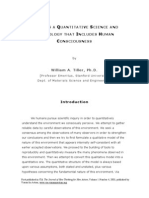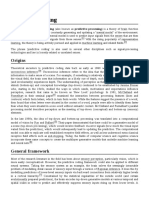0% found this document useful (0 votes)
94 views21 pagesPredictive Coding in The Brain
This document discusses predictive coding and how it relates to sensory processing in the brain. It proposes that the brain implements predictive coding to minimize prediction error and drive inference. Predictive coding corresponds to hierarchical Bayesian inference where top-down predictions are compared to bottom-up sensory inputs to calculate prediction error. Key evidence presented includes the anatomy and connectivity of cortical microcircuits, as well as spectral and modulatory asymmetries in neural connections that support message passing between top-down predictions and bottom-up errors.
Uploaded by
M SzCopyright
© © All Rights Reserved
We take content rights seriously. If you suspect this is your content, claim it here.
Available Formats
Download as PPTX, PDF, TXT or read online on Scribd
0% found this document useful (0 votes)
94 views21 pagesPredictive Coding in The Brain
This document discusses predictive coding and how it relates to sensory processing in the brain. It proposes that the brain implements predictive coding to minimize prediction error and drive inference. Predictive coding corresponds to hierarchical Bayesian inference where top-down predictions are compared to bottom-up sensory inputs to calculate prediction error. Key evidence presented includes the anatomy and connectivity of cortical microcircuits, as well as spectral and modulatory asymmetries in neural connections that support message passing between top-down predictions and bottom-up errors.
Uploaded by
M SzCopyright
© © All Rights Reserved
We take content rights seriously. If you suspect this is your content, claim it here.
Available Formats
Download as PPTX, PDF, TXT or read online on Scribd
/ 21




